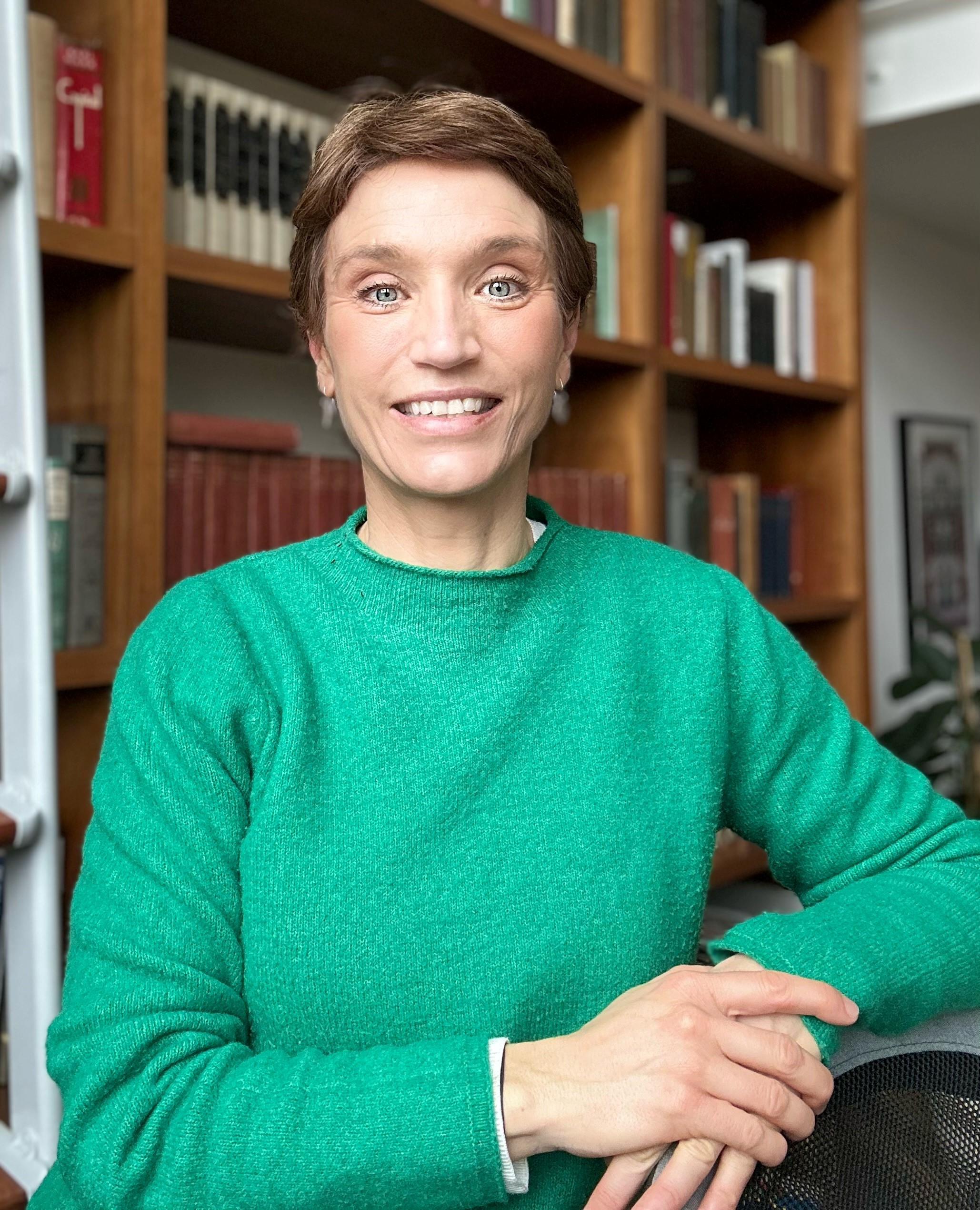
Ofcom’s policy lead for the protection of children talks about tackling online harm at its roots.
Now that the Online Safety Act is law, we are working quickly to design the new rules. With phase two of our approach now in full swing, we’re getting ready to consult on the new draft regulation for the protection of children next month. We spoke to Almudena Lara, our online safety policy development director, about why this work matters.
“Our research is very clear that children are being exposed to harmful content and that they are exposed to harmful content very early in life,” she said.
Indeed, our research reveals children typically encounter violent online content in primary school, and on average they first see pornographic content at age 13, one in ten by the age of nine.
Having spent the past 15 years working on child safety policy at Google, NSPCC and for government, Almudena has worked on the protection of children from every angle – so she feels it was a “natural move” to bring her passion for ensuring policies drive positive outcomes for children to Ofcom.

My motivation is to make sure we seize this unique opportunity to set the rules on what it means to create a safer online environment for children to drive positive change for children,” she said.
One of the things that concerns me in terms of the use of technology by children is that it is often the case that they’re not looking for harmful content”, she added. “It's about how design choices by companies mean they end up being pushed and exposed to harmful content, even if they didn't intentionally try to access it. As we know, this can have devastating consequences.
Creating a safer system
This is why it’s vital that we work to tackle online harm at its roots and ensure online platforms in scope of the Online Safety Act have systems in place to protect users.
“In some ways, it doesn't matter how well educated you are as a parent, or how much control you try to exercise over your children's online experiences, or how much you talk to them about keeping safe online, which I do daily with my children. This can only go so far. It is about how do we ensure that companies are making the right design choices and decisions so that children have a more age appropriate and more protected experience online,” Almudena said.
“I often use the analogy of teaching children to cross the road. Yes, you can teach children how to cross the road. But if the road is fundamentally built in an unsafe way, if there are no zebra crossings, if there are no lights, if there are no speed limits, it doesn't matter how much you teach that child how to cross the road safe. You need to look at why the infrastructure of the road is unsafe, and this is what we’re doing now with online safety,” she continued.
“So often the emphasis is on giving parents and schools tools to talk to children about online safety. And yes, you do need those and those are elements that will contribute to better online experiences. But you need to build safe systems from the ground up that protect people from harm.”
What might online life be like for children in the future?
“I want children to be able to enjoy the best of what technology has to offer”, Almudena said. “What I would love to see is an online world that looks out for children and actively wants to identify child users to ensure that they have safer and more age-appropriate experiences.”
Our research has found that a third of children have false ages on their social media profiles, which puts them at greater risk of accessing age-inappropriate and harmful content.
She added: “What I would not want to happen is a world in which keeping children safe is so onerous that the only way that companies go about it is by banning children from online services. Because I think that that would be a real loss.
“The reason why we want children to have safer experiences online is because we want them to be able to go online as well. It’s important that children benefit from everything that technology has to offer, but in a way that is appropriate and that is safe and that has their best interest at heart.”
What’s next for the Online Safety Act?
We will publish our draft codes of practice relating to protection of children in May.
Alongside this, we expect to consult on:
- analysis of the causes and impacts of online harm to children; and
- draft risk assessment guidance focusing on children’s harms.
We expect to publish draft guidance on protecting women and girls by Spring 2025, when we will have finalised our codes of practice on protection of children.
For more information, head to our Online Safety hub.
